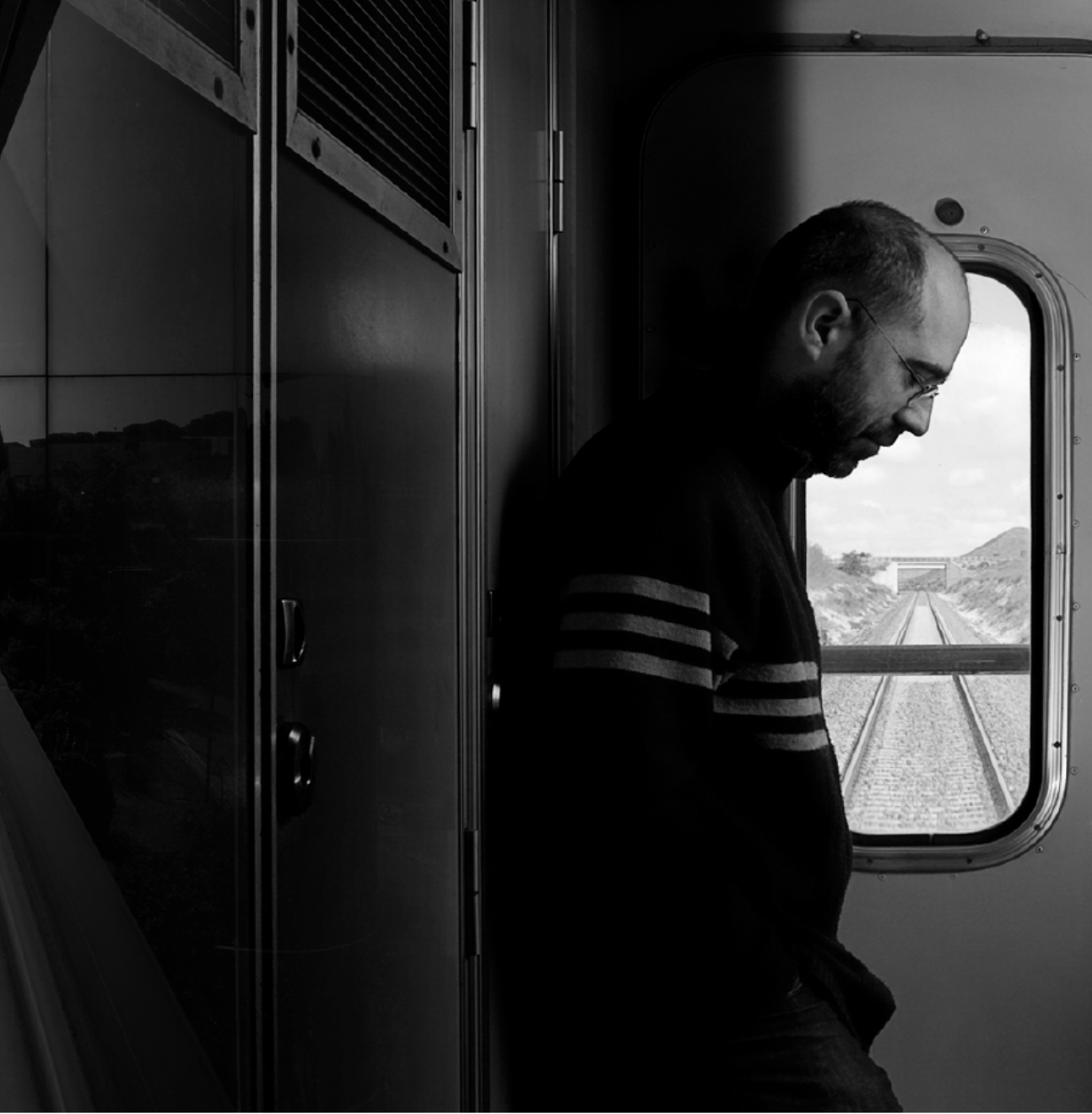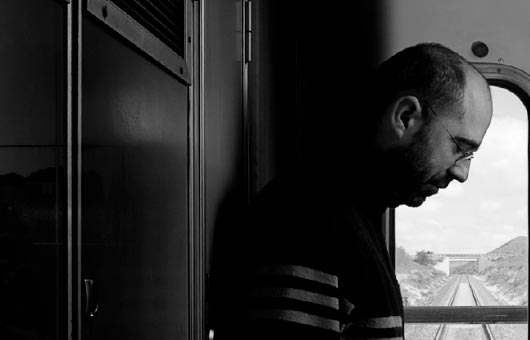

On the outskirts of Athens, somewhere between the Piraeus and the Acropolis, Epicurus founded his school of philosophy in a lush, tended setting we might almost call an orchard. Nearby stood the Academy established by Plato some decades earlier. Looking out at a mountain landscape and surrounded by fragrant pine trees, it became a place where scholarship, creativity and thought could flourish.
We know nothing about the architecture of these schools; only that the frontispiece of Plato’s academy bore an inscription declaring his love for mathematics. At the heady peak of the Italian Renaissance, Rafael Sanzio imagined it as a colossal basilica, sumptuously detailed and open to the blue dome of the heavens, and that is how he painted it in his fresco, Scuola di Atene (The Athens School). We can be fairly certain that the original buildings had none of the exuberant grandeur envisioned by Sanzio, but were conceived on a human scale: buildings designed for use, not rendering their visitors speechless.
They must have been welcoming, comfortable, cheerful and light-filled places, humbly designed and rooted in the earth (the word ‘humility’ comes from ‘humus’, the rich, fertile soil that germinates life). Perhaps they were based on the golden ratio, found so frequently in nature, that inspired many Greek buildings, including the Parthenon itself.
Elcano is part of this long tradition of humanist architecture, displaying the same purity of line and informed by the rigor and delicacy of mathematics. Staying close to the earth, it flanks the roadway just as the schools of Plato and Epicurus flanked the road to Athens. In a landscape studded with pine trees, it looks to the mountains, and glistens under a Raphaelesque sky. It even has something of the basilica about it, with its tiered apses, and a nautical touch, too, bringing to mind a fine transatlantic liner moored in port. It seems to aspire to a natural fusion of orthodoxy and adventure, evoking the Acropolis and the Piraeus, the Forum and Ostia Antica, all in a single glance. Julio Cano Lasso was a great proponent of a modern architecture deeply rooted in the classical tradition.
Rather than seeking to imitate the Greek or Roman styles, he summoned the rational spirit and ideals of the ancients, who always took the human body as their point of reference (‘human’, of course, also derives from ‘humus’).

On the outskirts of Athens, somewhere between the Piraeus and the Acropolis, Epicurus founded his school of philosophy in a lush, tended setting we might almost call an orchard. Nearby stood the Academy established by Plato some decades earlier. Looking out at a mountain landscape and surrounded by fragrant pine trees, it became a place where scholarship, creativity and thought could flourish.
We know nothing about the architecture of these schools; only that the frontispiece of Plato’s academy bore an inscription declaring his love for mathematics. At the heady peak of the Italian Renaissance, Rafael Sanzio imagined it as a colossal basilica, sumptuously detailed and open to the blue dome of the heavens, and that is how he painted it in his fresco, Scuola di Atene (The Athens School). We can be fairly certain that the original buildings had none of the exuberant grandeur envisioned by Sanzio, but were conceived on a human scale: buildings designed for use, not rendering their visitors speechless.
They must have been welcoming, comfortable, cheerful and light-filled places, humbly designed and rooted in the earth (the word ‘humility’ comes from ‘humus’, the rich, fertile soil that germinates life). Perhaps they were based on the golden ratio, found so frequently in nature, that inspired many Greek buildings, including the Parthenon itself.
Elcano is part of this long tradition of humanist architecture, displaying the same purity of line and informed by the rigor and delicacy of mathematics. Staying close to the earth, it flanks the roadway just as the schools of Plato and Epicurus flanked the road to Athens. In a landscape studded with pine trees, it looks to the mountains, and glistens under a Raphaelesque sky. It even has something of the basilica about it, with its tiered apses, and a nautical touch, too, bringing to mind a fine transatlantic liner moored in port. It seems to aspire to a natural fusion of orthodoxy and adventure, evoking the Acropolis and the Piraeus, the Forum and Ostia Antica, all in a single glance. Julio Cano Lasso was a great proponent of a modern architecture deeply rooted in the classical tradition.
Rather than seeking to imitate the Greek or Roman styles, he summoned the rational spirit and ideals of the ancients, who always took the human body as their point of reference (‘human’, of course, also derives from ‘humus’).





